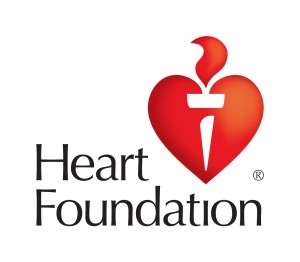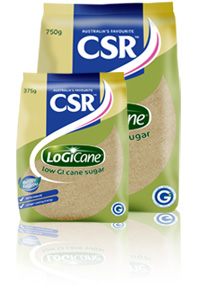
One in four Australians now suffers from an allergic and immune disease and the numbers are increasing at obscene rates. So on Monday, the Allergy and Immunology Foundation of Australasia was created to tackle the problem. They want money to find a cure for allergies, asthma and other immune diseases, but I’ll tell them the cure for free. Don’t let pregnant mothers and children consume vegetable oil.
Reported rates of Hay Fever, Asthma and Eczema have doubled in the last 15 years according to survey data. Hosptilisation rates for the most extreme form of allergic reaction, Anaphylaxis (life threatening acute inflammation usually in response to food) also doubled between 1994 and 2005. And the biggest overall change has been a five-fold increase in anaphylaxis admissions for children aged 0 to 4 years (as compared to just double for the rest of the population). Five times as many admissions in just ten years!
The thing that all of these diseases have in common is that they are part of our immune system’s inflammatory response. Any injury or infection causes an automatic and immediate inflammation. The swelling, pain, redness and heat are all functions of our inflammatory response. Without inflammation, wounds and infections would never heal.
Our inflammation response is almost entirely controlled by substances derived from polyunsaturated fats. So when asthma and allergy rates started exploding, the logical place to look for an explanation was the massive increase in polyunsaturated fats in the diet.
Vegetable oils such as canola, sunflower, soybean, grapeseed and rice-bran oils all contain large amounts of the polyunsaturated fats involved in controlling our inflammation response. But these oils are a very recent addition to the human diet. For the entirety of man’s time on this planet prior to the 20th century, the only fats we consumed were those derived from animals (like butter or ghee) or tropical fruit (like olives and coconuts). Those traditional fats have very small amounts of polyunsaturated oil.
Controlling that inflammation response is a very fine balancing act that is dependent on exactly the right amount and ratios of polyunsaturated fats being present in our diet. Small amounts of these oils are a critical component of our immune systems. But, because they are rare, overloading with them can push it way out of balance. Chronic (or uncontrolled) inflammation leads to a host of diseases including allergies and asthma.
Our bodies are very good at ensuring we have enough polyunsaturated fats to keep everything working. They were rare in our food supply before the last century so we store any we can get for later use. Unfortunately this scrooge-like approach means that now that they make up the majority of fats in the processed food we eat, most of us are storing vast quantities.
An easily identifiable source of vegetable oil in the diet is margarine. So scientists have conducted a number of large scale trials to see if there is any relationship between margarine consumption and allergic disease. And guess what, trial after trial has concluded that children who consume more margarine have double the rate of medically diagnosed eczema, hay fever, allergies and asthma. This is true in Finnish children, German 2 year olds and 3 year olds ‘liberated’ by the fall of the Berlin (and having the bad fortune to then be exposed to a diet containing margarine) to name a few.
Even when the kids themselves are not chomping on margarine or vegetable oils, if their mother did during the last four weeks of pregnancy, they have at least a 50% greater chance of having eczema, hay fever or allergies for life. To get to the bottom of why that might be, scientists have recently been comparing the amounts of polyunsaturated fats in a pregnant mother’s cord blood supply (the unborn baby’s food) to the likelihood of the child going on to develop chronic allergic disease.
They’ve found that there is a very direct relationship between the level of polyunsaturated fat in that blood supply and the risk of allergic disease. Not only that, the relationship is clearly dose-dependent. Want to give someone allergies or eczema or hay fever or asthma for life? Just increase the polyunsaturates. Want to decrease the risk? Just decrease the polyunsaturates. Simple.
Chronic allergies are not a case of the sniffles and a mild rash. They can be (and increasingly are) lifelong sources of extreme danger. We now live in a society where a growing array of foods can kill us on contact and where asthma can snuff out a life just as efficiently.
We don’t need more foundations to waste money on research. The research is done. We don’t need nutritionists telling us this gunk is good for us. The research says it’s very bad for us. And we don’t need our doctors helping sell it. They should be counselling us to ditch it. There are no good reasons to consume vegetable oils, but there is a growing list of reasons to avoid them like the plague.
It is very rare that science (particularly nutrition science) provides an answer that is this unequivocal. Vegetable oil consumption before or after birth causes lifelong allergic disease and asthma. The cause is obvious and the cure is even more obvious. We just need to stop eating vegetable oils, if not for us then to at least give our kids a chance.
Image courtesy of Sura Nualpradid / FreeDigitalPhotos.net

















Recent Comments